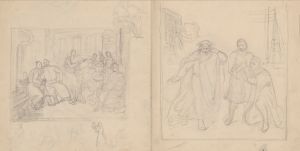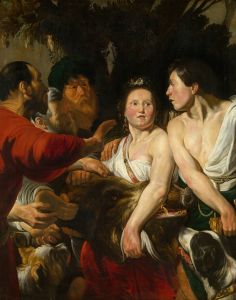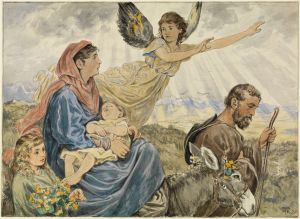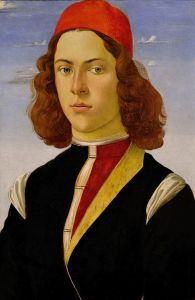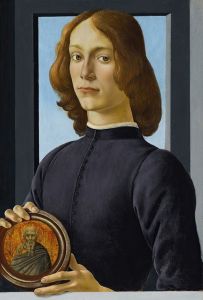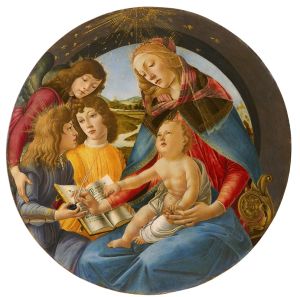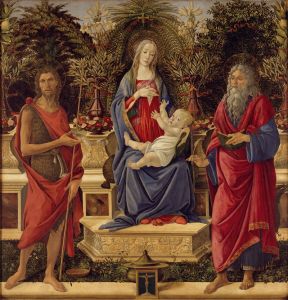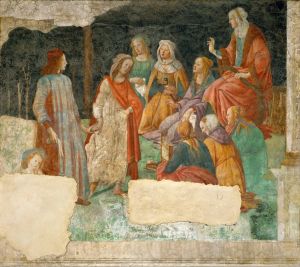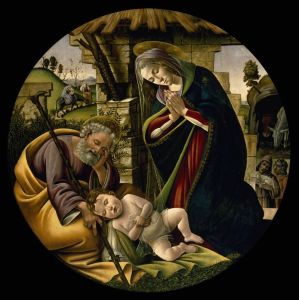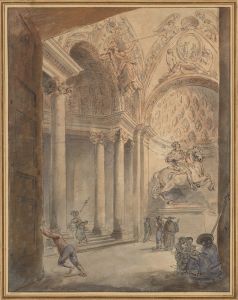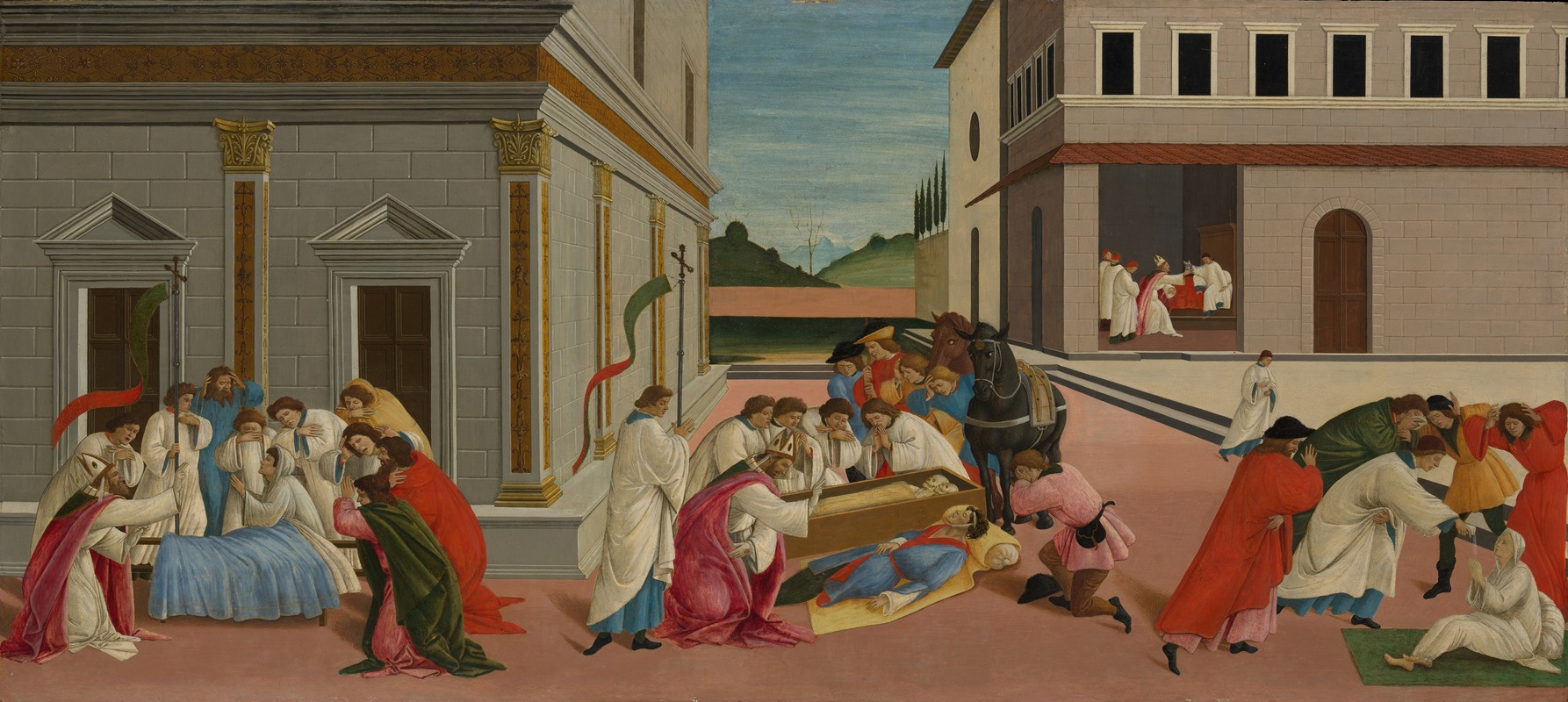
Three Miracles of Saint Zenobius
A hand-painted replica of Sandro Botticelli’s masterpiece Three Miracles of Saint Zenobius, meticulously crafted by professional artists to capture the true essence of the original. Each piece is created with museum-quality canvas and rare mineral pigments, carefully painted by experienced artists with delicate brushstrokes and rich, layered colors to perfectly recreate the texture of the original artwork. Unlike machine-printed reproductions, this hand-painted version brings the painting to life, infused with the artist’s emotions and skill in every stroke. Whether for personal collection or home decoration, it instantly elevates the artistic atmosphere of any space.
"Three Miracles of Saint Zenobius" is a painting by the renowned Italian Renaissance artist Sandro Botticelli. This artwork is part of a series of four panels that depict the life and miracles of Saint Zenobius, who was a bishop of Florence in the early 5th century. Botticelli, known for his masterful use of line and composition, created these panels around 1500, during the latter part of his career.
The painting illustrates three distinct miracles attributed to Saint Zenobius. Each scene is carefully composed to convey the narrative and spiritual significance of the events. Botticelli's work is characterized by its attention to detail, expressive figures, and the use of perspective to create a sense of depth.
In the first scene, Saint Zenobius is depicted reviving a child who had been run over by a cart. This miracle emphasizes the saint's compassion and divine power. Botticelli captures the drama of the moment with the child's lifeless body and the onlookers' expressions of awe and disbelief. The use of light and shadow enhances the emotional impact of the scene.
The second miracle shows Saint Zenobius restoring sight to a blind man. This act of healing is portrayed with a sense of serenity and grace. Botticelli's composition draws the viewer's eye to the interaction between the saint and the blind man, highlighting the miraculous nature of the event. The figures are elegantly posed, and the background architecture provides a sense of place and context.
The third scene depicts the resurrection of a dead man. This miracle is a testament to Saint Zenobius's faith and divine intervention. Botticelli's rendering of this event is both dramatic and reverent, with the figures arranged to focus attention on the central miracle. The artist's skillful use of color and form brings the scene to life, emphasizing the spiritual significance of the resurrection.
Botticelli's "Three Miracles of Saint Zenobius" is notable for its narrative clarity and the artist's ability to convey complex religious themes through visual storytelling. The painting reflects the Renaissance interest in combining classical ideals with Christian subjects, a hallmark of Botticelli's work. His attention to human emotion and the divine is evident in the expressive faces and gestures of the figures.
The panels were originally part of a larger altarpiece dedicated to Saint Zenobius, intended for a church in Florence. Over time, the panels were separated, and today, they are housed in different collections. "Three Miracles of Saint Zenobius" can be found in the Musée du Louvre in Paris, where it continues to be admired for its artistic and historical significance.
Botticelli's work on these panels demonstrates his mastery of the tempera medium and his ability to convey complex narratives with clarity and beauty. The painting remains an important example of Renaissance art, reflecting the period's religious devotion and artistic innovation. Through "Three Miracles of Saint Zenobius," Botticelli not only honors the legacy of the saint but also showcases his own artistic legacy as one of the great painters of the Italian Renaissance.





